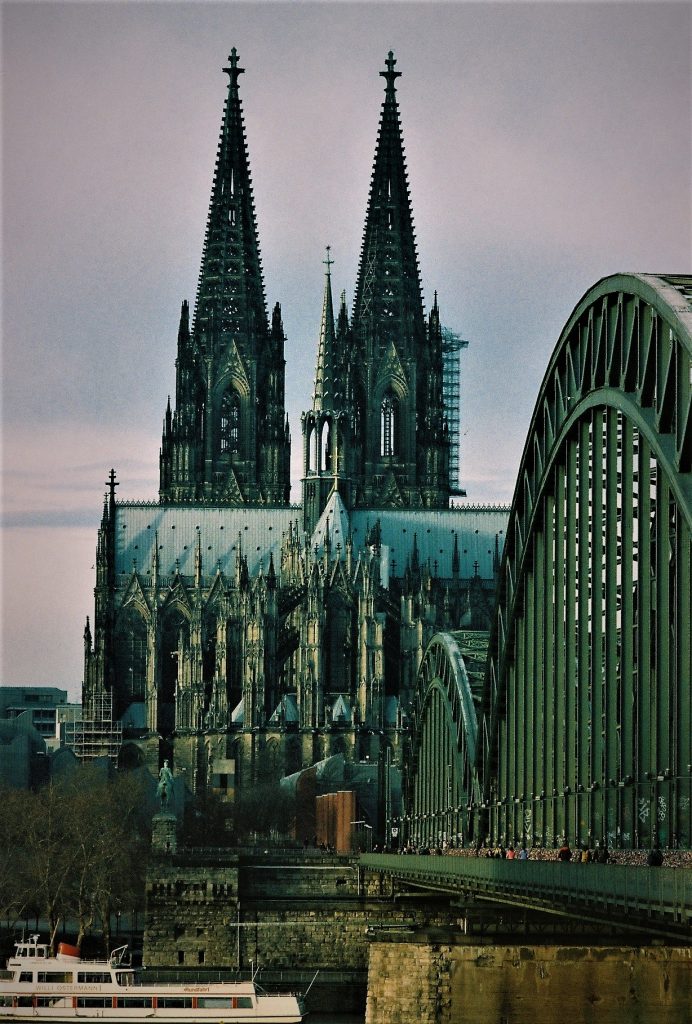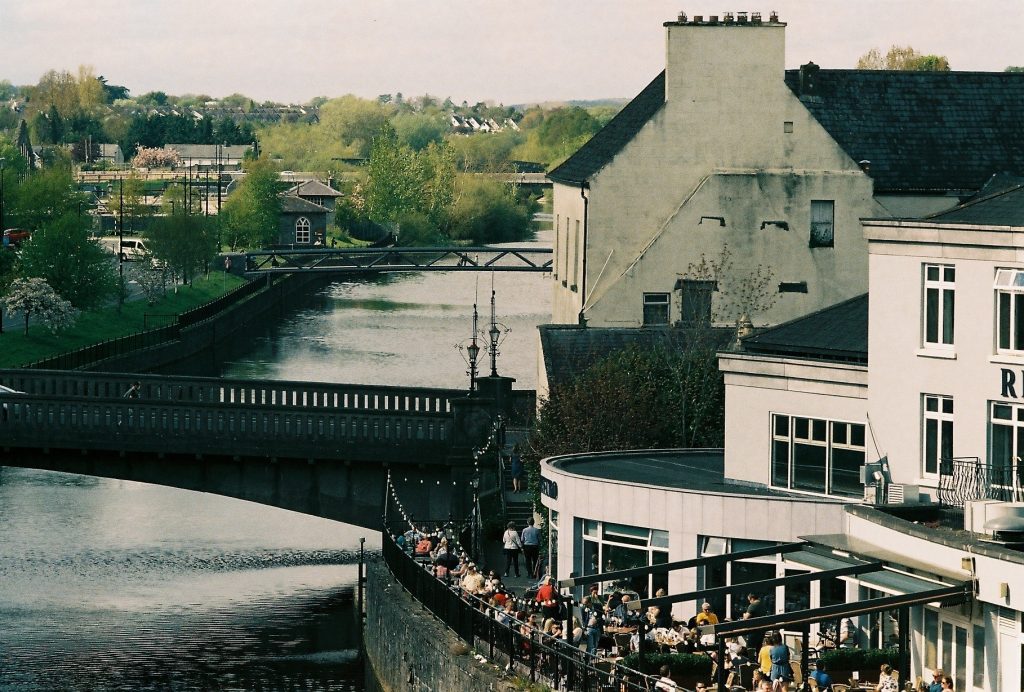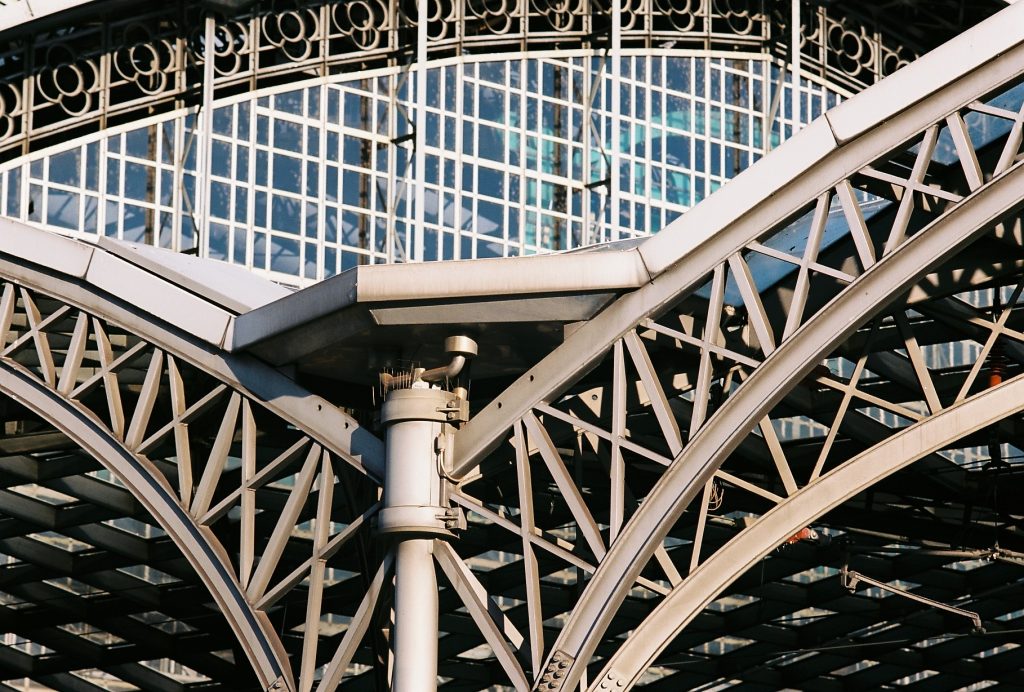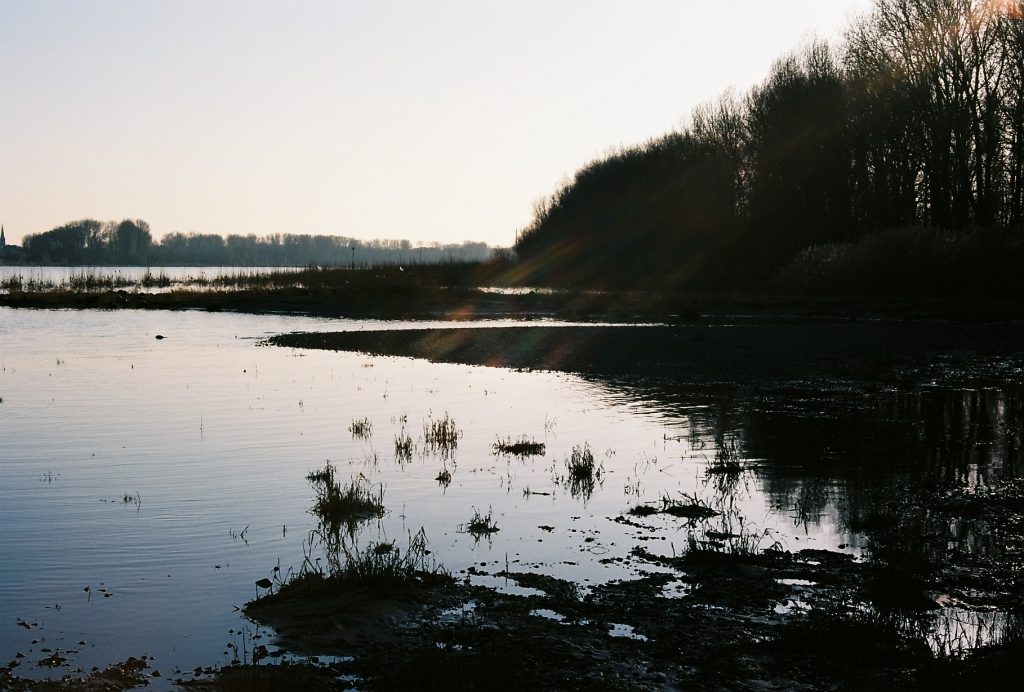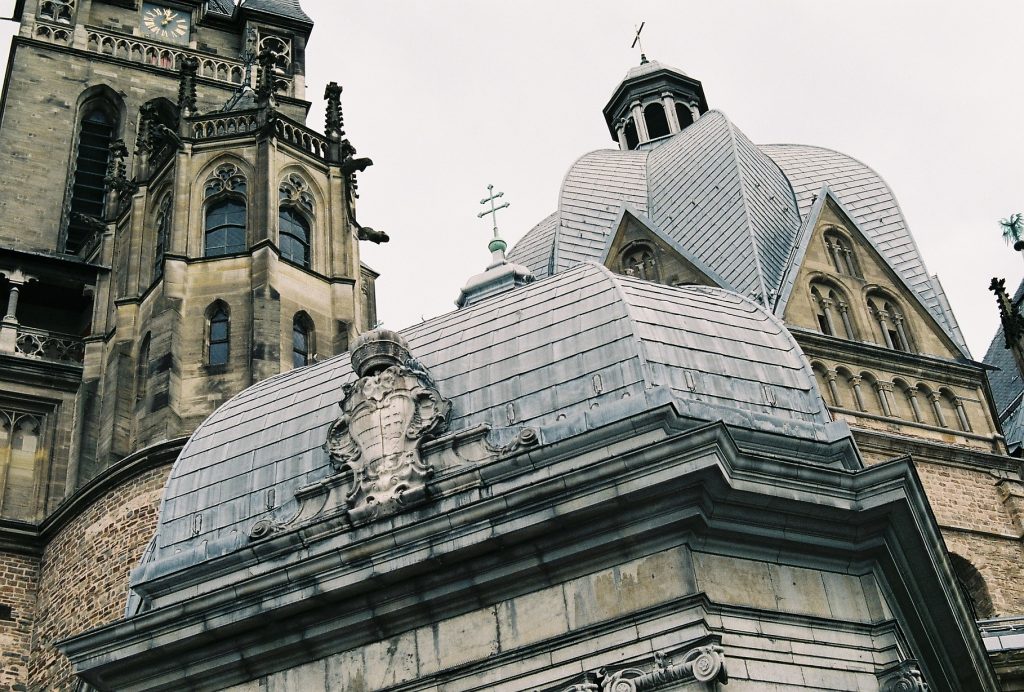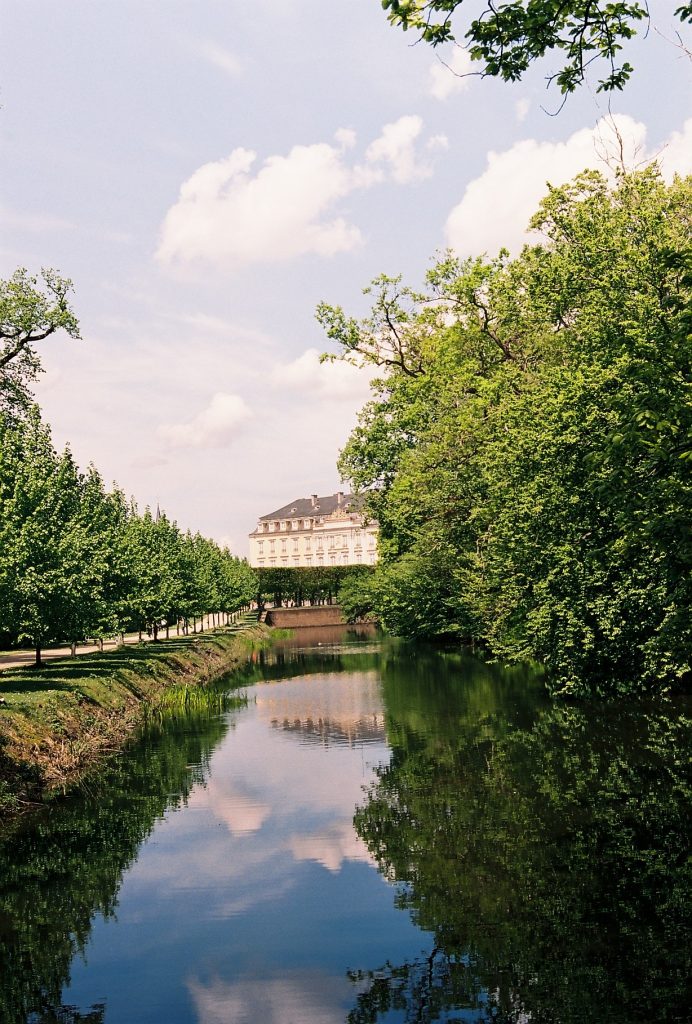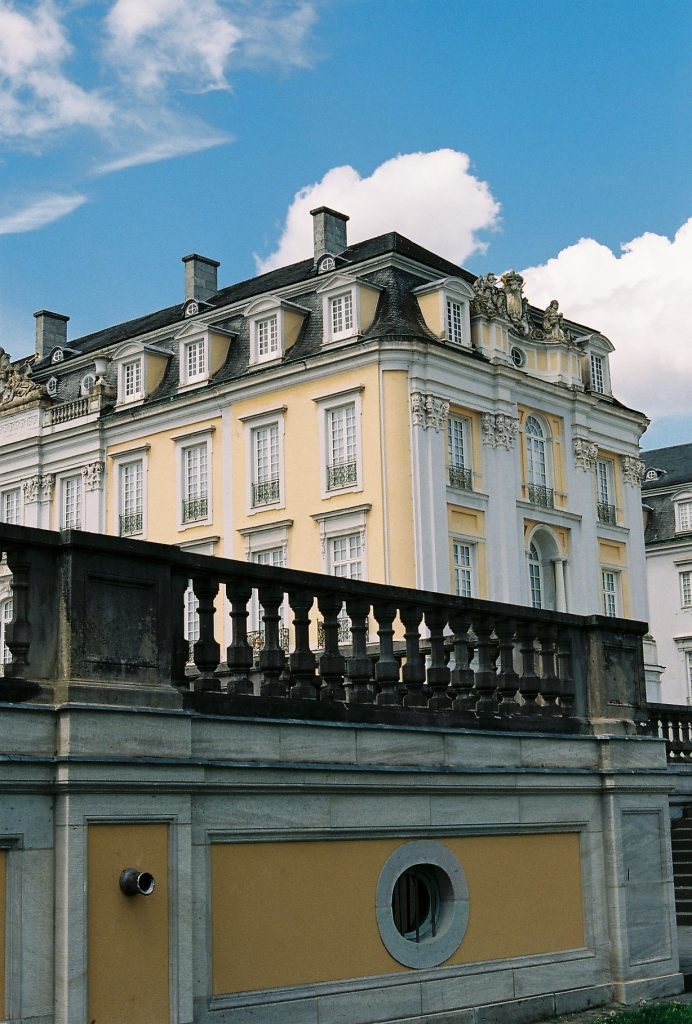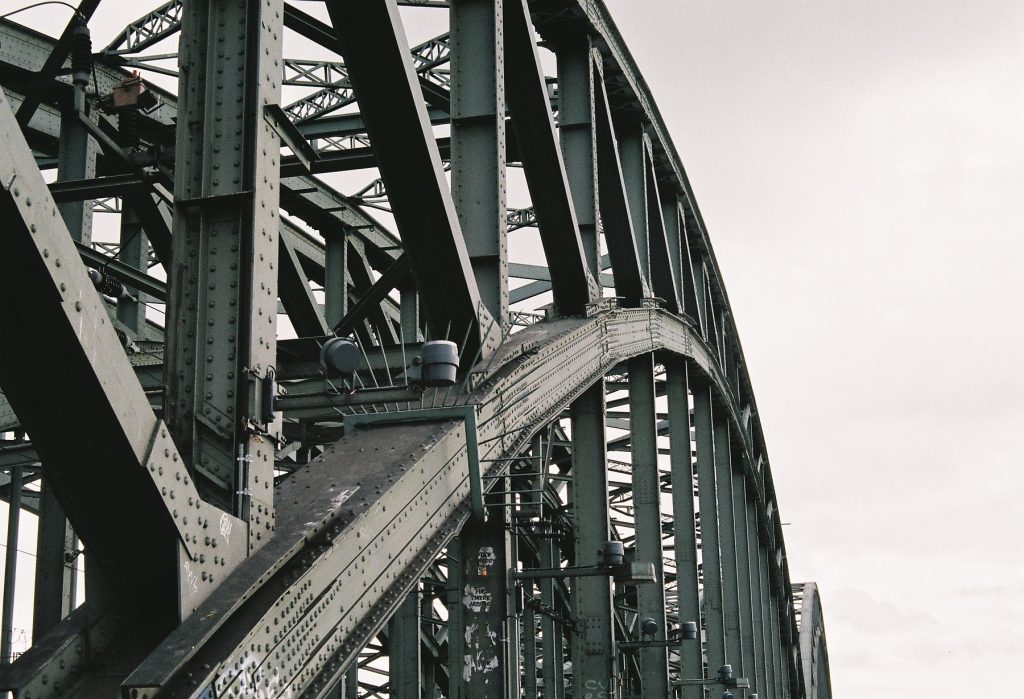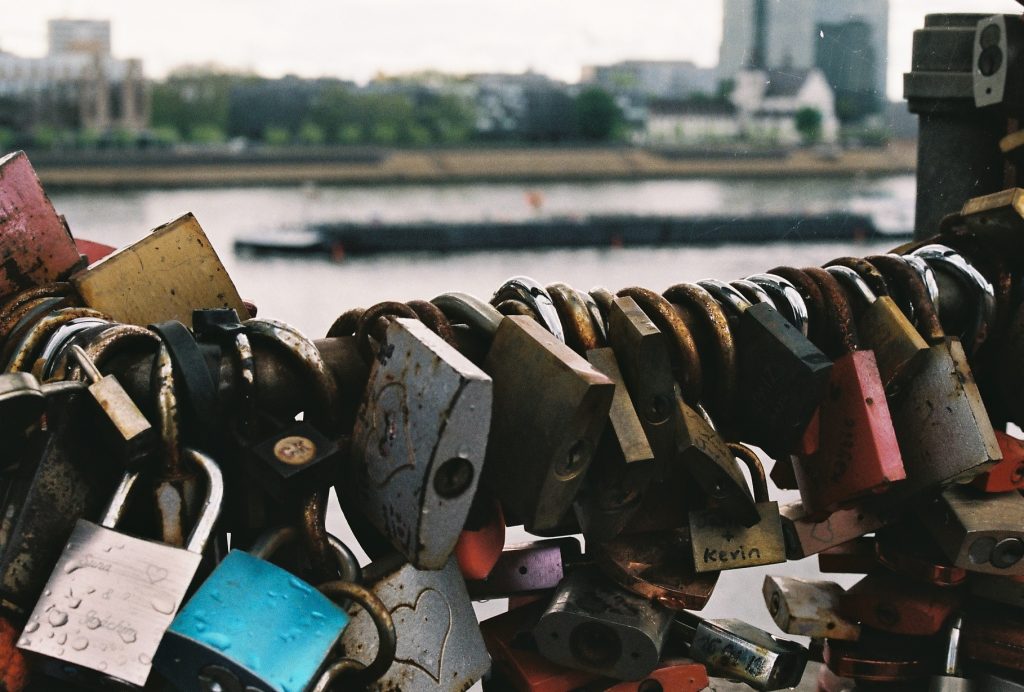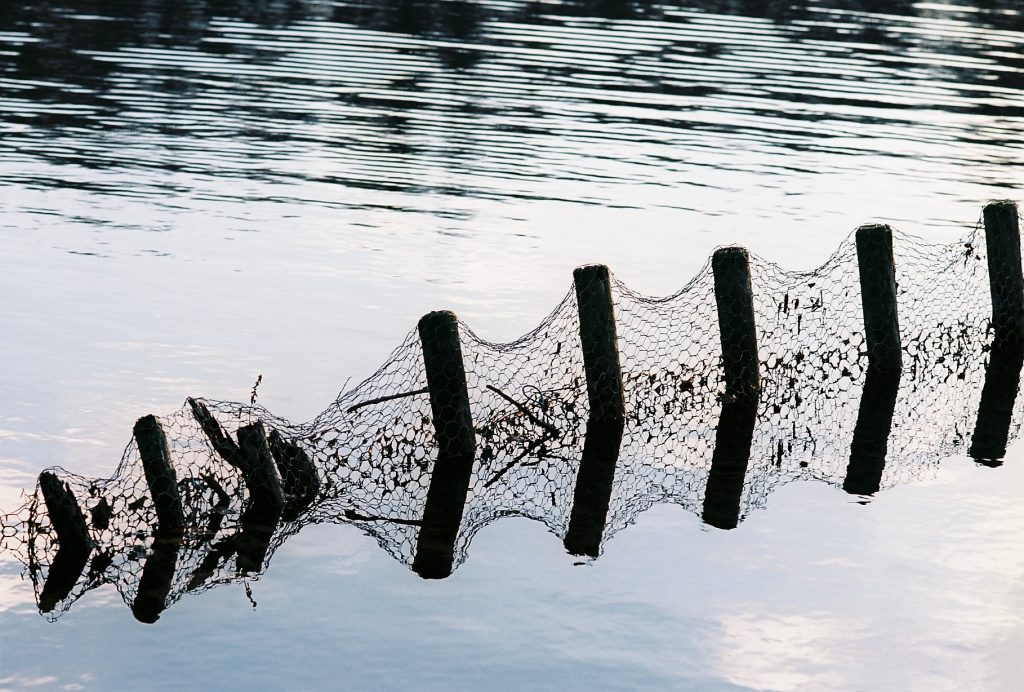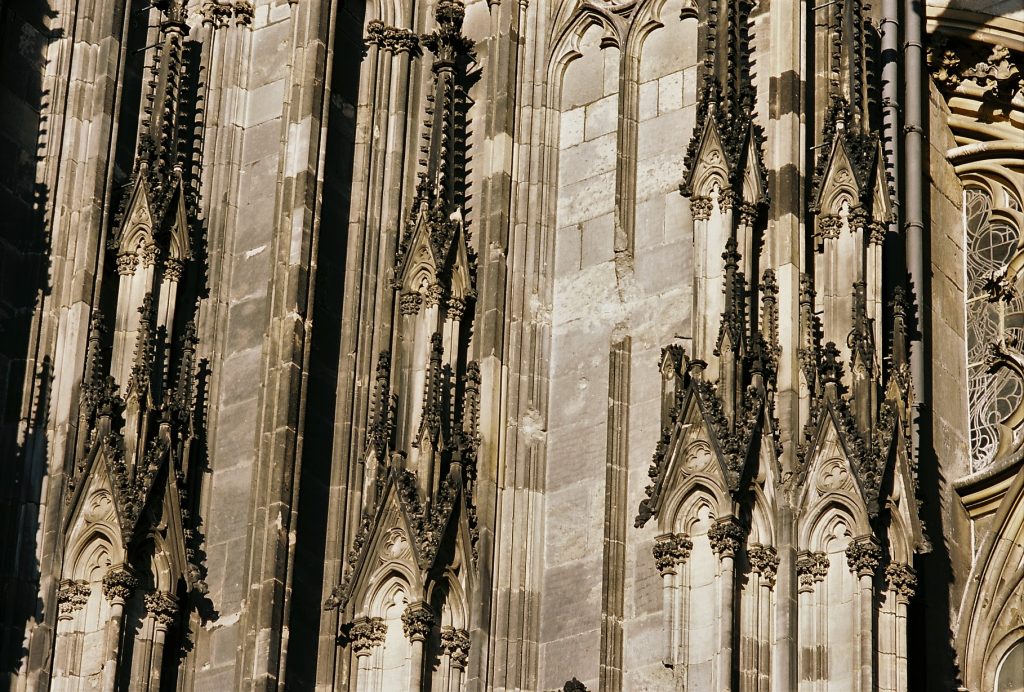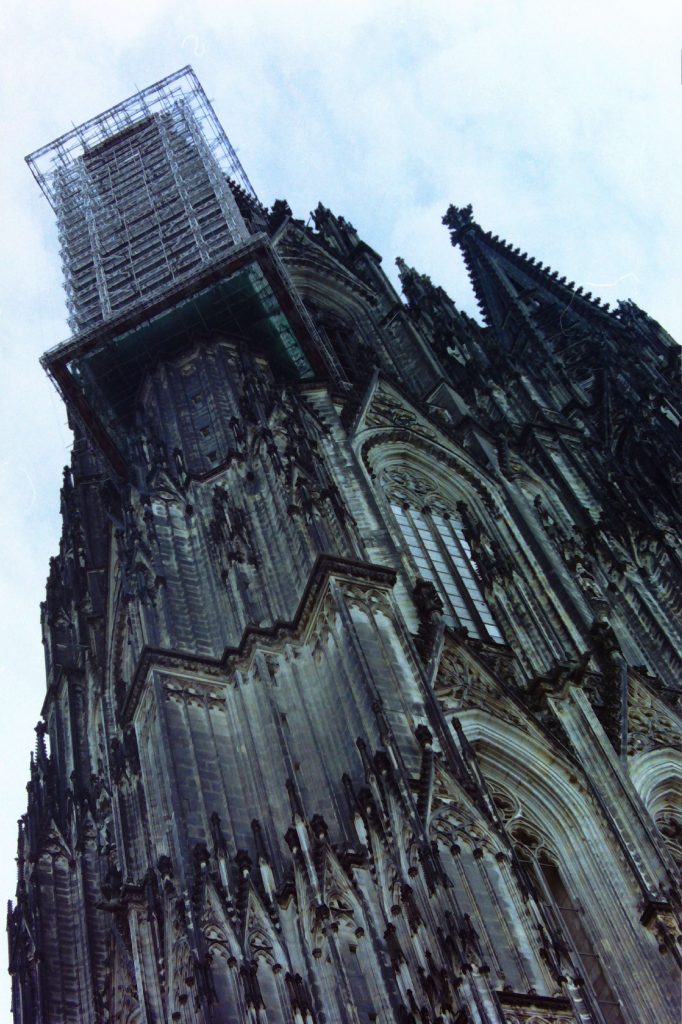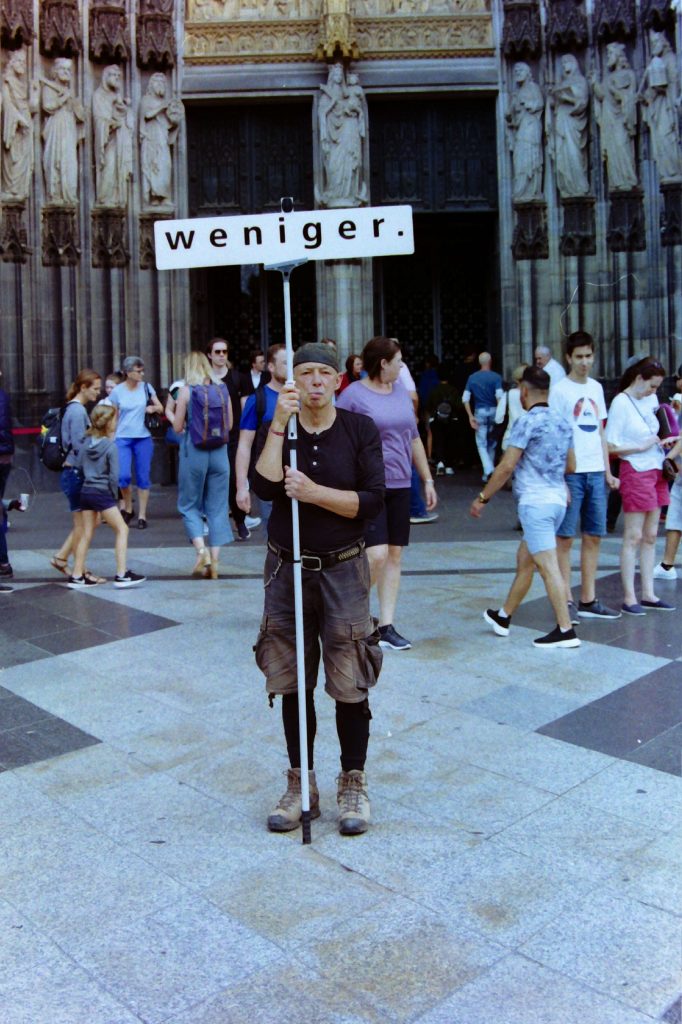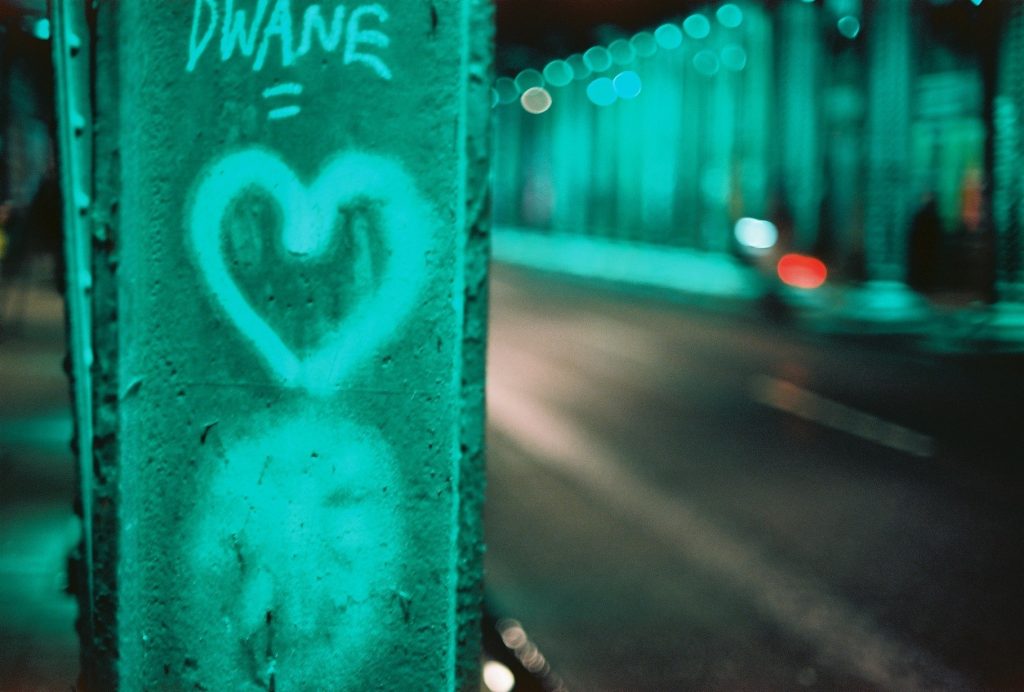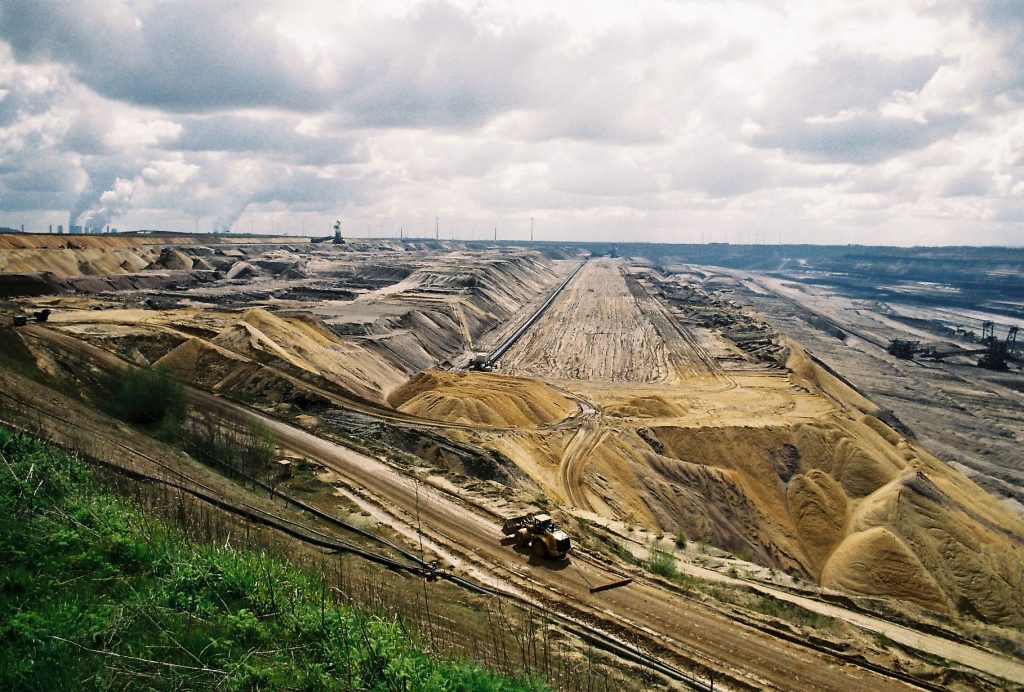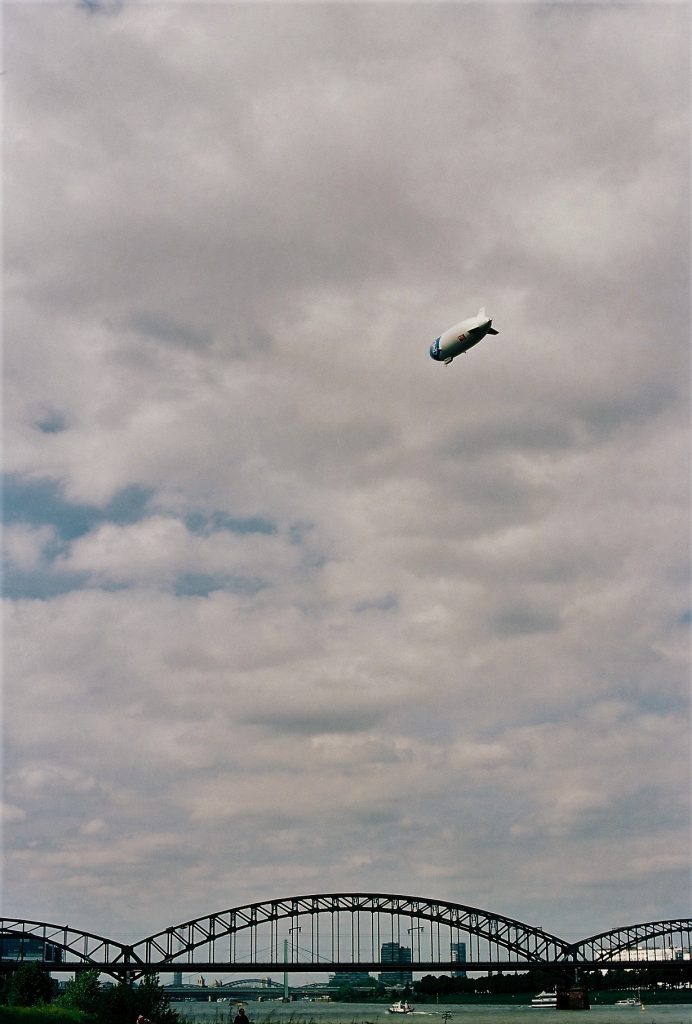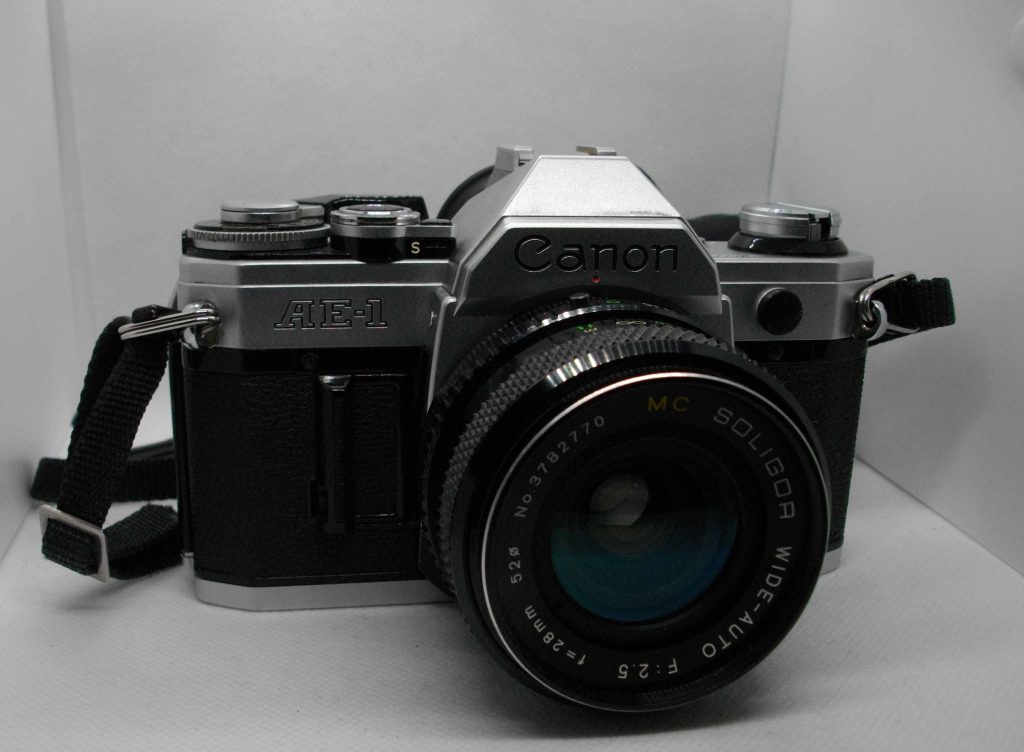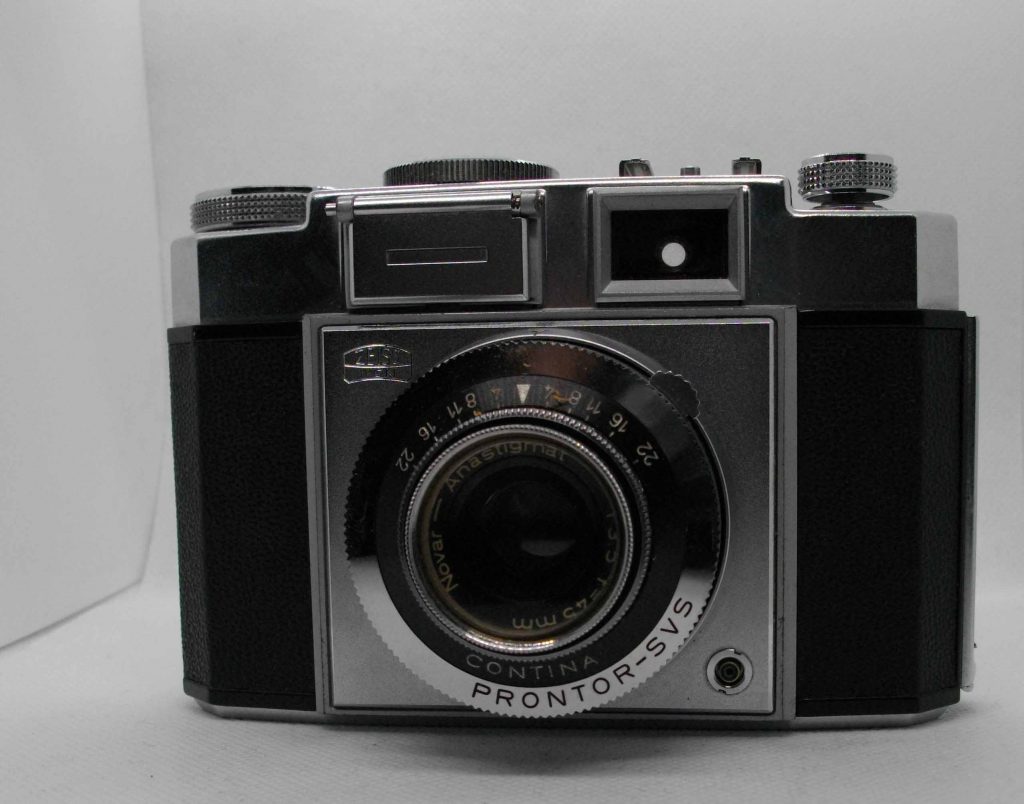
A postwar-classic little gem. From the glory days of West German camera production. Great ergonomics, shutter sound and smooth film advance. A sharp lens. Inexpensive. The Contina IIa hits all the buttons. It’s remarkable how quickly after the devastation of the war the fractured Zeiss company was able to regroup and offer quality products to the world. This camera was produced in Stuttgart, West Germany, during the period of the postwar Wirtschaftswunder, the economic miracle. At this time, manufacturing was still semi-artisanal and involved many expert eyes and hands.
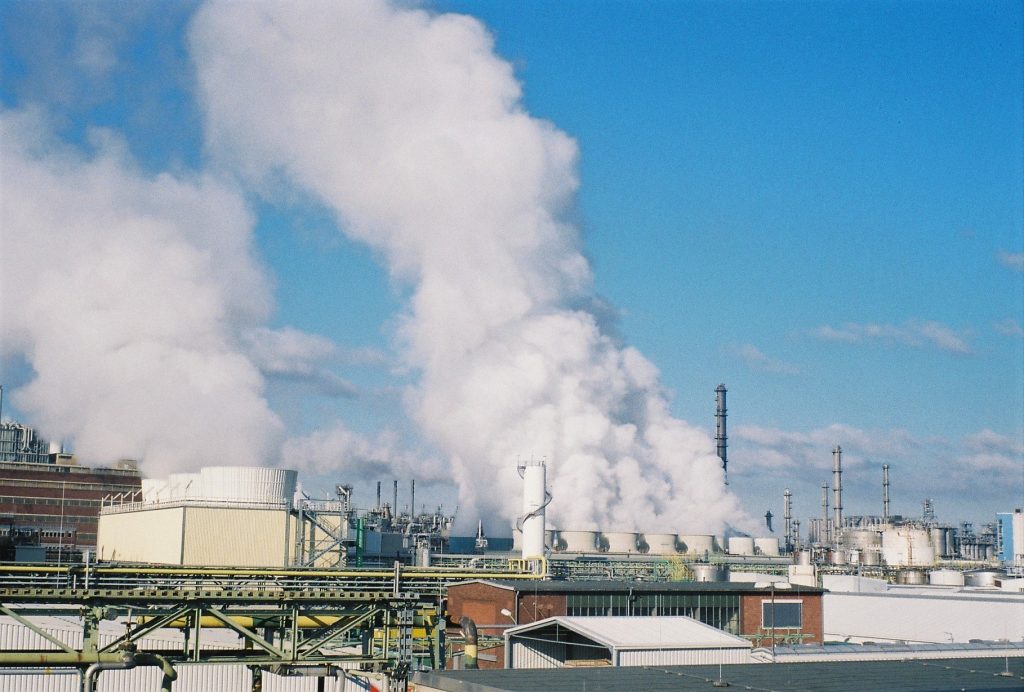
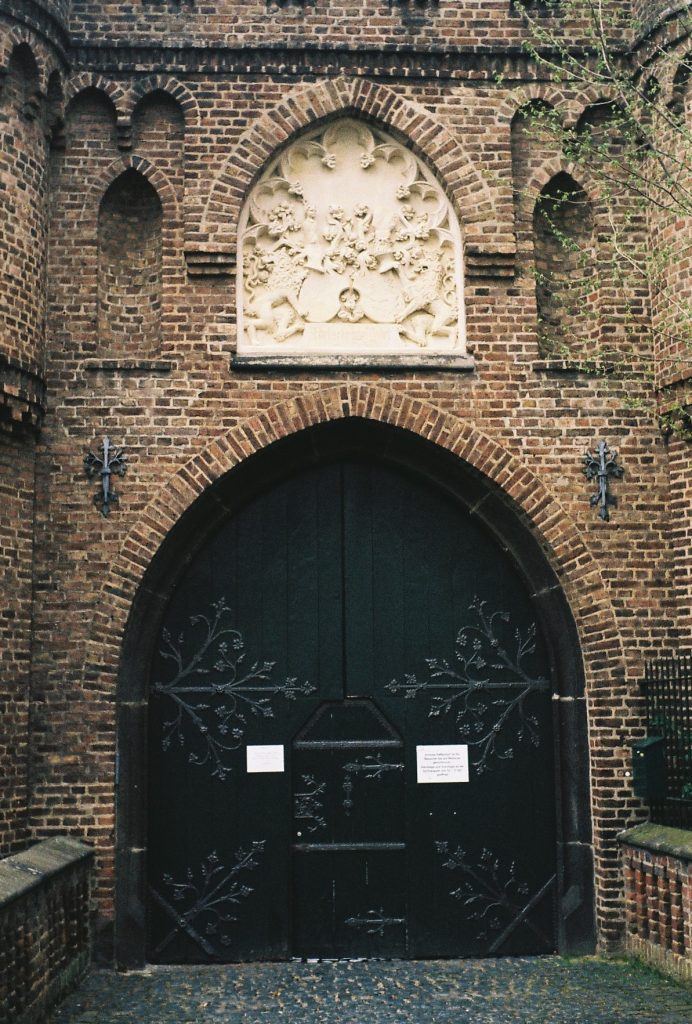
One caveat: The Contina series is confusing since the company used the name for different types and models, so you need to carefully inspect your copy and locate it in the Contina family tree. Maybe the designers and marketers liked the Italian flavor of the name too much…
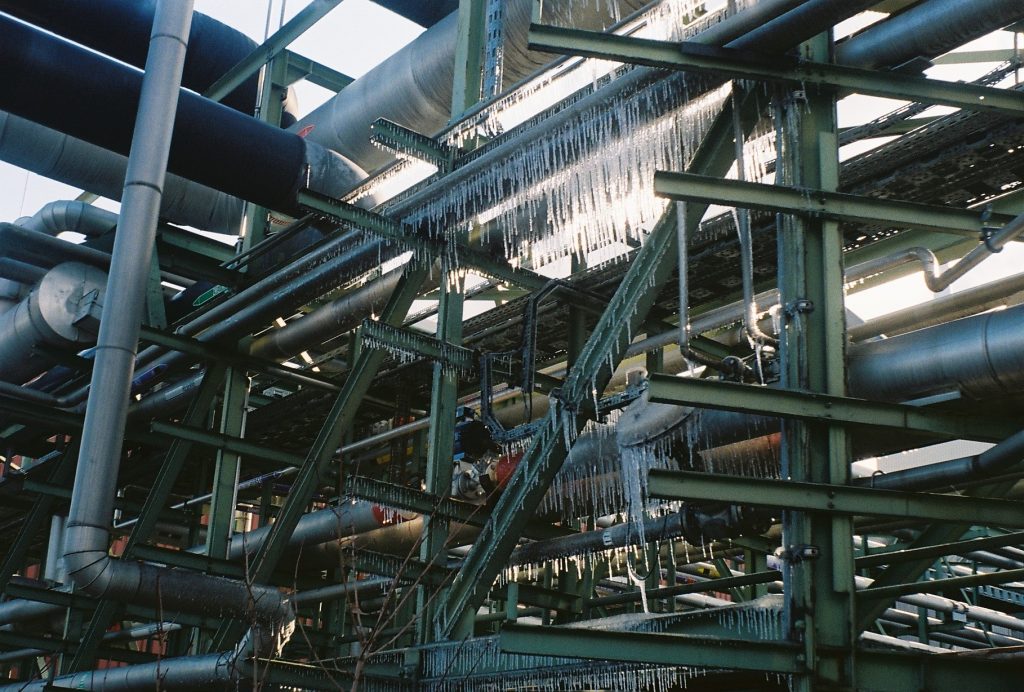
Designed by Hubert Nerwin, the Contina started out as a folder but soon (1954) became rigid. It is not spectacular – a fixed lens and a leaf shutter. But like many well designed objects you grow accustomed to using it very quickly. A bit of a throwback to the days of craftsmanship and long assembly lines of quality control employees, the Zeiss Ikon Contina reminds us of the good times of the 1950s. While out of reach of the normal wage earner, it was something you aspired to, if you got a promotion, if you could afford the next little luxury. In a way, the camera embodies the promise of upward mobility. The Contina fits perfectly in your hand and has elegant controls. And a very bright viewfinder. But the proof is in the photos. Even the cheapest lens, the Novonar, is very good.
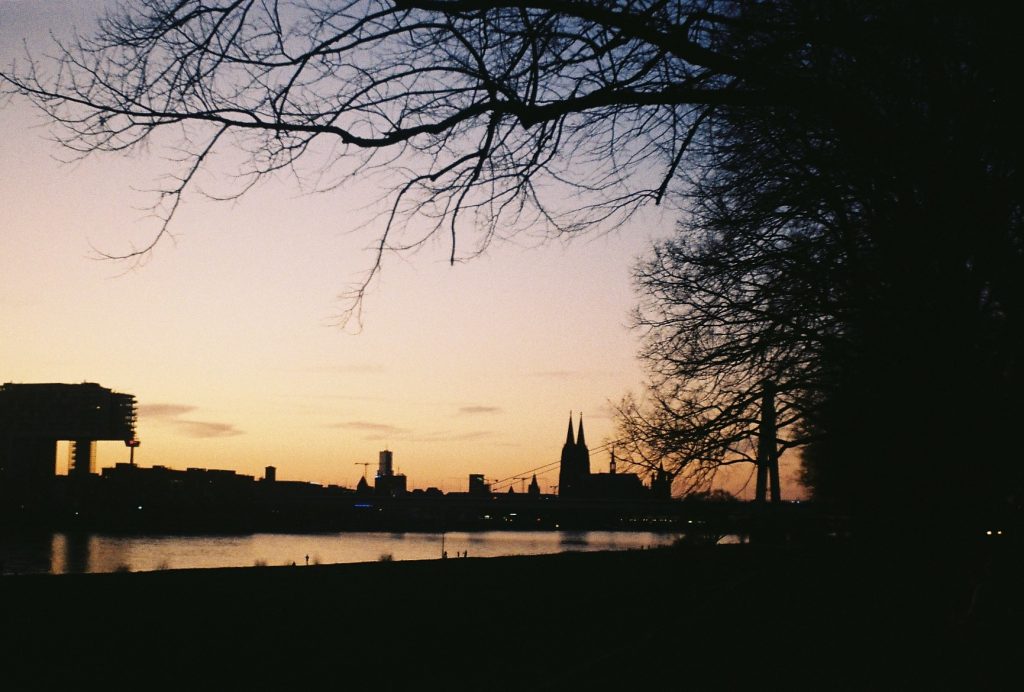
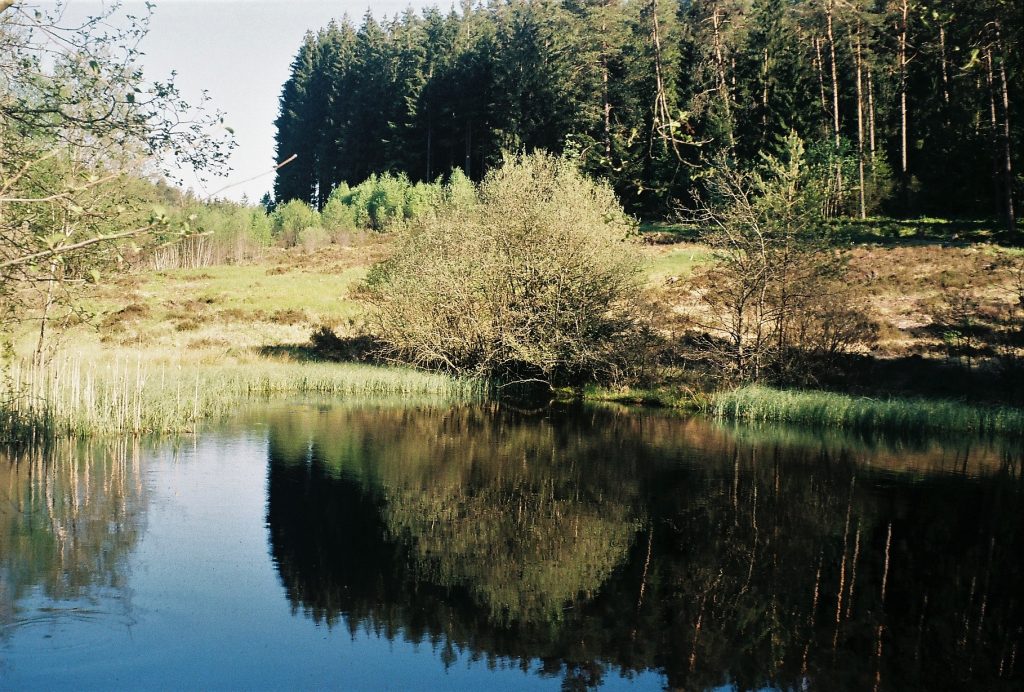
The light meter on my copy still works ok. It is fun to work with the LV scale and check it against my lightmeter app. At the time of production, the camera cost 215 DM which amounts to about 500 Euro today, quite a sum. Families would have to save for months to afford it. That makes the pretty shiny object into a status symbol as well.
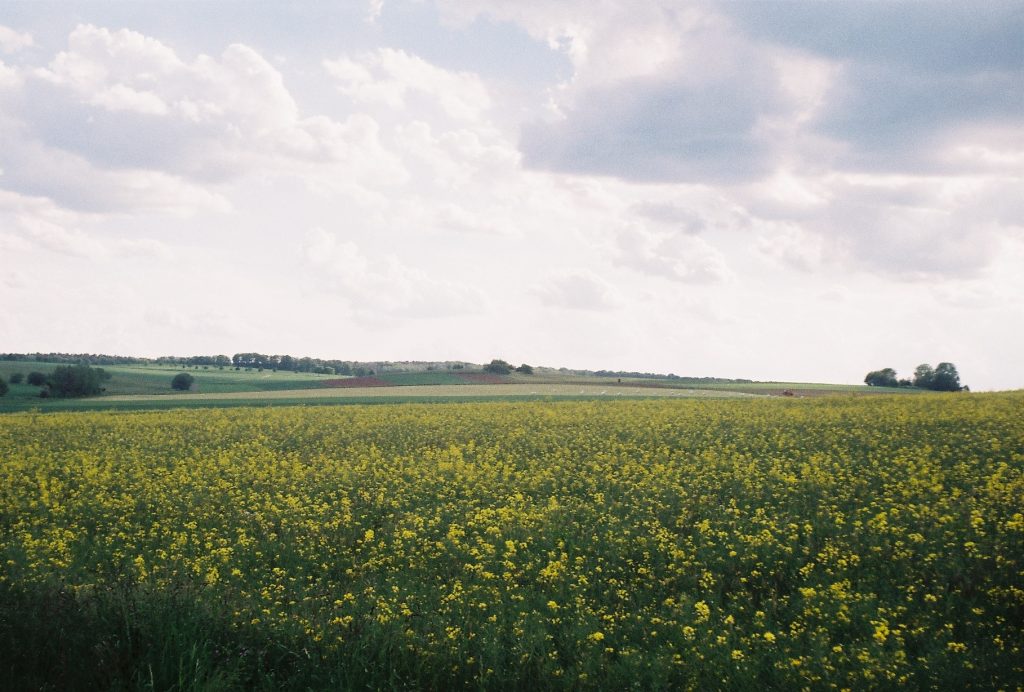
Even after 50 years, you can sense the precision and care that went into the manufacturing process. The pride of everybody involved. The meticulous quality control. The care that went into storing it into the case and keeping it in a cool dark space in your home. The leather case protected it from the wear and tear. No earthquake or flood could harm the precious family heirloom. The Contina was made for weddings and birthday parties, for anniversaries and New Year’s Eve. Maybe someone captured the 1954 World Cup triumph of the German Nationalmannschaft with a Contina.
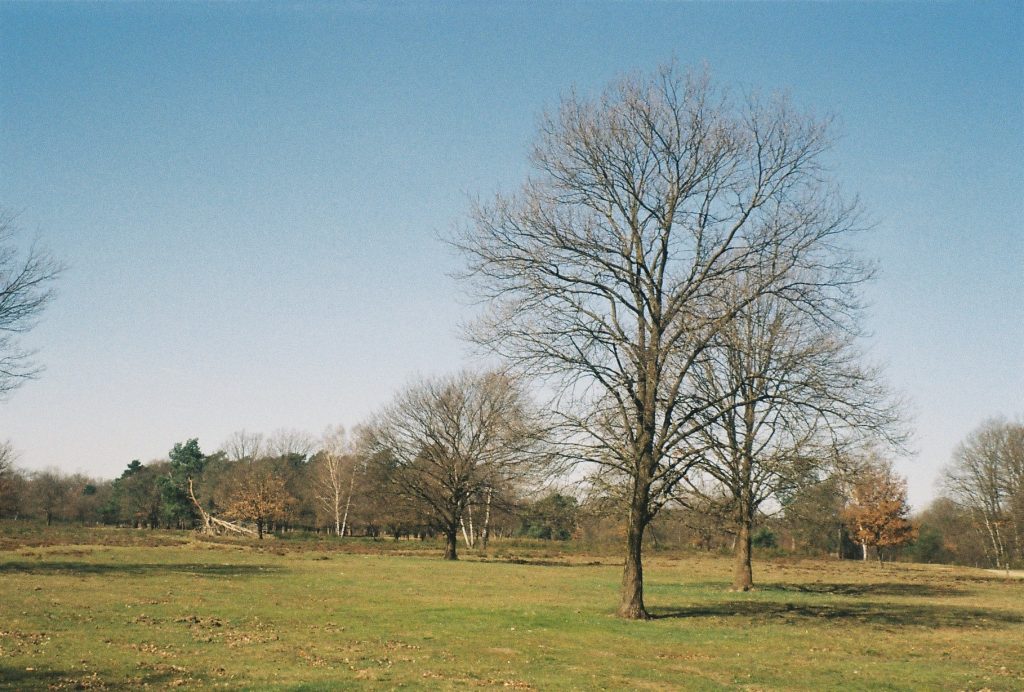
It’s practical, handsome, versatile. You cannot go wrong with the Contina as a sweet little beauty to carry on a walk through town. It works like the finely tuned mechanical object it is. A satisfying shutter sound, and the film advance ratchets smoothly.
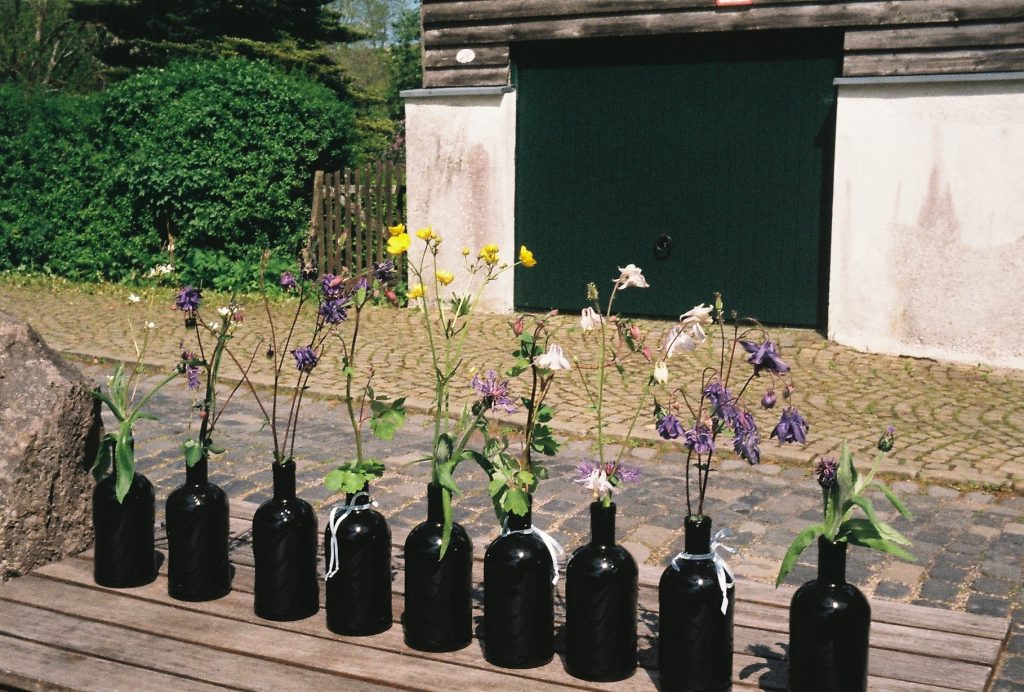
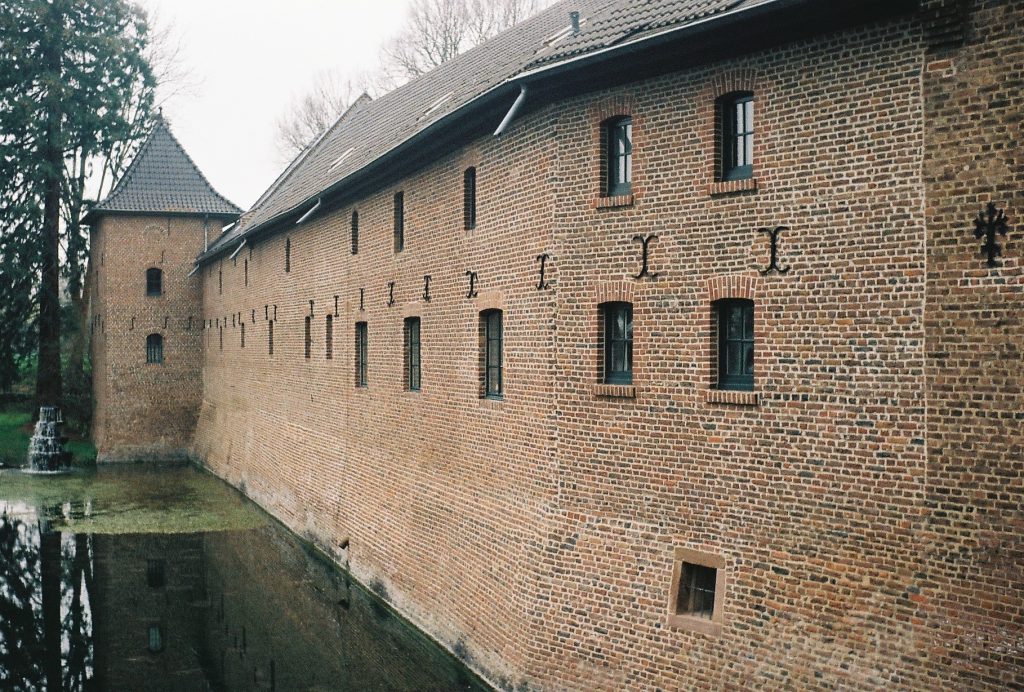
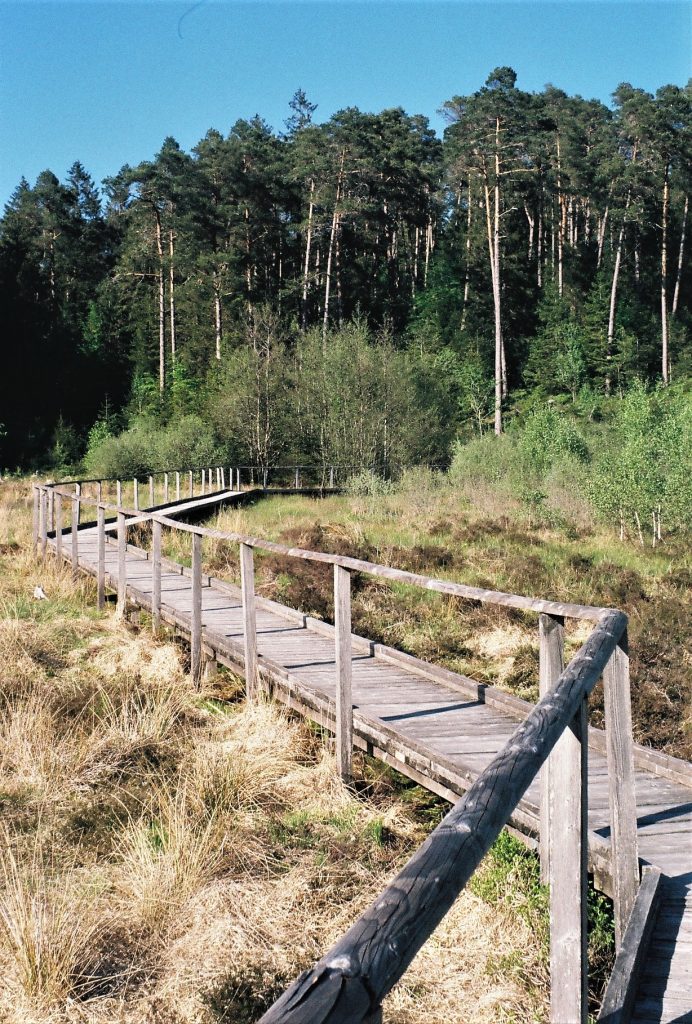
Links:
Manual:
https://www.butkus.org/chinon/zeiss_ikon/zeiss_ikon_contina_ii/zeiss_ikon_contina_ii.htm
Info including the Contina “family tree”:
https://camerapedia.fandom.com/wiki/Zeiss_Ikon_Contina_series
https://www.engel-art.ch/zeiss-ikon-contina/
http://elekm.net/pages/cameras/continaii.htm
